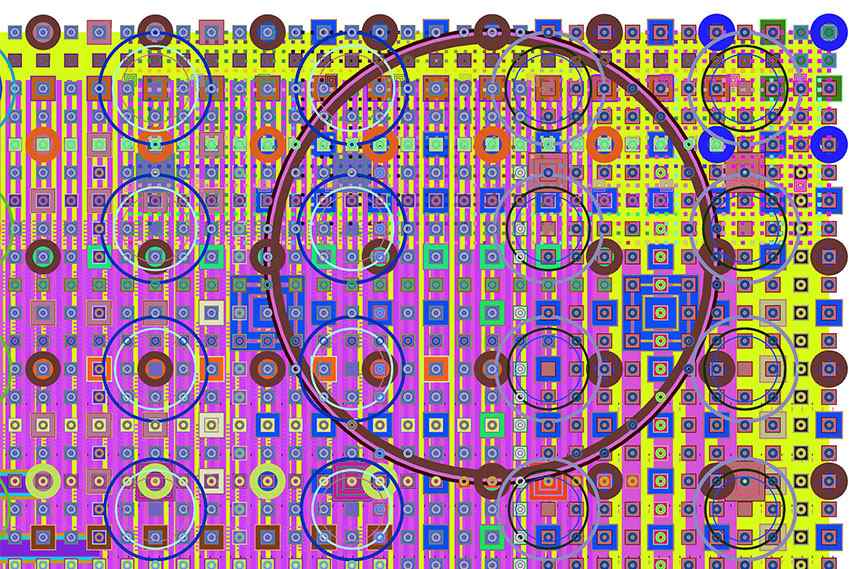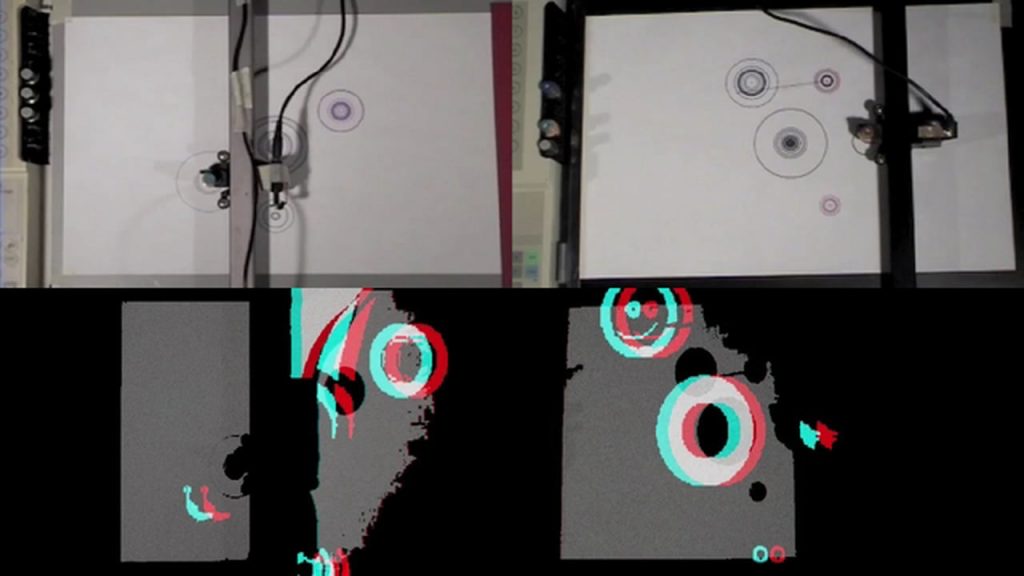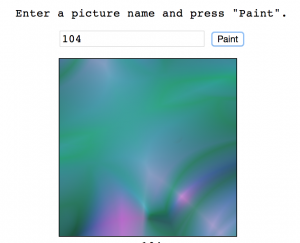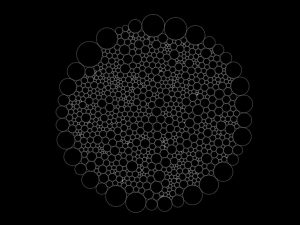
For this assignment, i needed to search what computational art means. After research, I tried to figure out randomness of the art. It’s still confusing, but I found some art work related to this week’s assignment.
Miu ling lam used processing language to create beautiful computational art with randomness. She used her own algorithm which is ‘active sensor network diployment for maximal coverage’. I’m not fully understanding what this thesis for, but the thing is she implemented this algorithm to create images with processing language that I’m studying right now. All those lines and colors look random but they have complex mathmatical algorithm inside and it makes me excited about this processing language. I will try more to understand how she were able to create the arts with computer language.

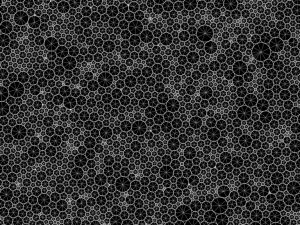
![[OLD FALL 2017] 15-104 • Introduction to Computing for Creative Practice](https://courses.ideate.cmu.edu/15-104/f2017/wp-content/uploads/2020/08/stop-banner.png)



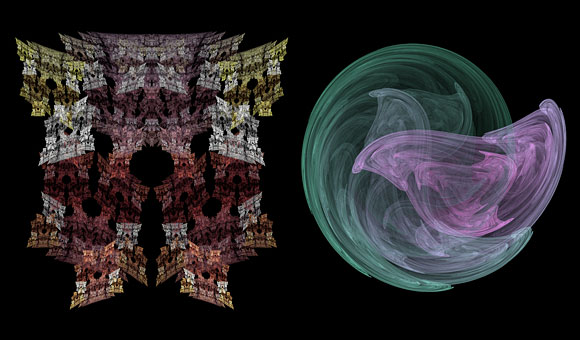
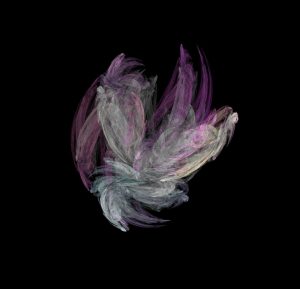
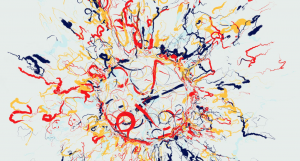 For this week, the project that I have chosen to write about is Matt Deslauriers experimentation and project on generative art with node.js and canvas, from May 11th, 2016. What his program does basically, similar to some projects we do, is on a mouse press the canvas will use a new random set of values and parameters to create a new and random art work. What really intrigues me about this project is how even though the art is created through random algorithms, it still has structure and a sense of flow and ebb to it. It has patterns and colors unique to each one. The creator has a series of different palettes and the randomizer will choose one of them. It feels very organic and life like where the art just kinda grows out of the canvas. The random and unstructured splashes of colors also reminds me of Jackson Pollock’s painting. Below is a Link:
For this week, the project that I have chosen to write about is Matt Deslauriers experimentation and project on generative art with node.js and canvas, from May 11th, 2016. What his program does basically, similar to some projects we do, is on a mouse press the canvas will use a new random set of values and parameters to create a new and random art work. What really intrigues me about this project is how even though the art is created through random algorithms, it still has structure and a sense of flow and ebb to it. It has patterns and colors unique to each one. The creator has a series of different palettes and the randomizer will choose one of them. It feels very organic and life like where the art just kinda grows out of the canvas. The random and unstructured splashes of colors also reminds me of Jackson Pollock’s painting. Below is a Link: